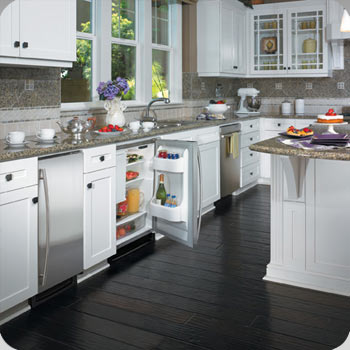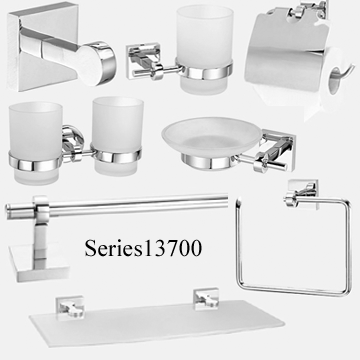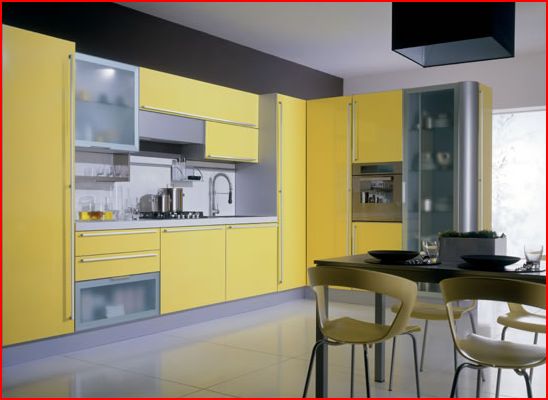By successfully combining several different types of lighting you will be able to layer the lights, turning some on and others off, according to how you’re using the room and the atmosphere you want to create.
Types of Room lighting
A successful scheme includes a mix of four different types of lighting:
Ambient lighting: Sometimes referred to as general or background lighting, this is the light we see by. It’s provided by the sun through windows, and at night by a mix of artificial lights, such as pendant lights, wall lights and floor lights.
Task Lighting: This is directional lighting which lights our work. It can include desk lamps, reading lamps and down lighters in a kitchen.
Accent Lighting: Also known as display lighting, accent lighting is used to highlight interesting objects or architectural details, or in the garden to draw attention to plants.
Decorative lighting: Extra lighting, such as strings of lights, candles or a fire, enhances a room’s atmosphere.
For living spaces such as bedrooms, dining rooms and sitting rooms, you will use a mix of table, wall, floor and pendant lights. General points to remember are:
- always shade the light bulb to avoid glare
- Vary the heights of the lights in the room; mix wall, table, floor and ceiling lights
- Position any task lighting so you aren’t working in your own shadow.
Each room has different lighting requirements, from task lighting to work by accent lighting that highlights displays and pictures. Considering the different ways in which you use the room will help you decide what’s needed.

Here you need good task lighting to prepare food by, ambient light for daytime and evening mealtimes, and decorative light if you use the room as a dining room in the evening.
Down lighters installed in the ceiling or under wall-mounted units provide good directional light for food preparation. In the dining room, combine wall lights with a rise-and-fall pendant light to provide ambient light at mealtimes. Candles on the table add atmospheric decorative light. Put all lights on dimmer switches so the level of light in each part of the room can be altered depending on what activity, from cooking to homework, is taking place.
Bedrooms need lights to dress by, soft lighting to provide a relaxing mood, and lights to read by in bed. Downlighters in the ceiling, especially near wardrobes or the dressing area, provide light to dress by. Besides table lamps add soft ambient light and can be easily switched off from the bed. Keen readers can fit reading lights on the wall near the bed-head.

Living rooms need to feel welcoming and provide a relaxing atmosphere. They usually fulfil many roles, so you need to think about how to light for different activities, from watching TV to reading and entertaining. Mix table lamps with floor, wall and pendant lights to provide plenty of ambient light. Wall or floor lights can be directional, illuminating interesting architectural details or a spot in which to read. A fire is ideal for atmospheric, decorative light.
Task lighting is needed here, for shaving and applying make-up, plus ambient light for day-to-day use. Mood lighting helps the room become a relaxing haven. Soften the bathroom’s hard surface with well-chosen lighting. Fit wall mounted lights either side of the mirror, and ensure the ceiling lights are dimmable to add atmosphere. Some bathroom cabinets or mirrors come with built-in lights. There are strict rules regarding lighting in bathrooms, so speak to a qualified electrician before planning your scheme.


